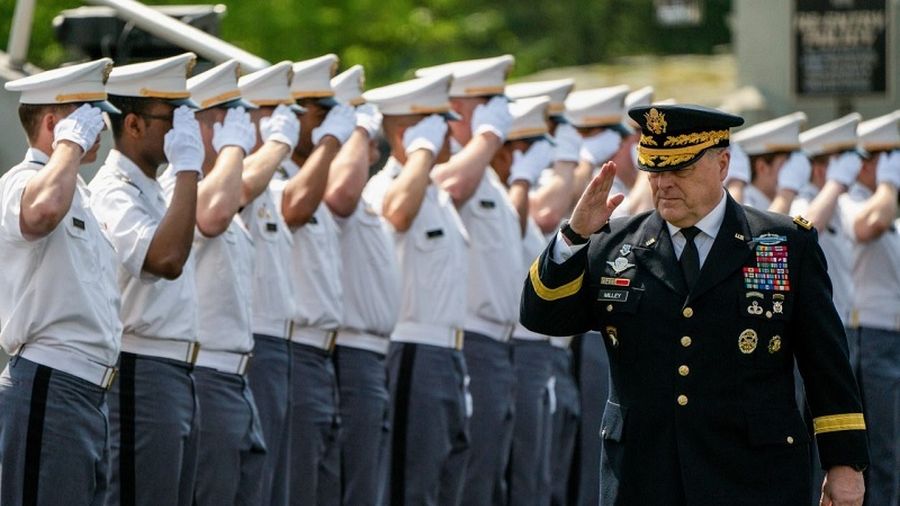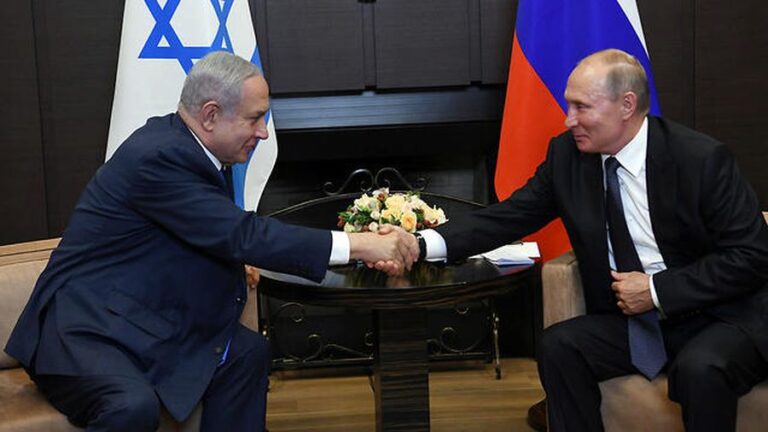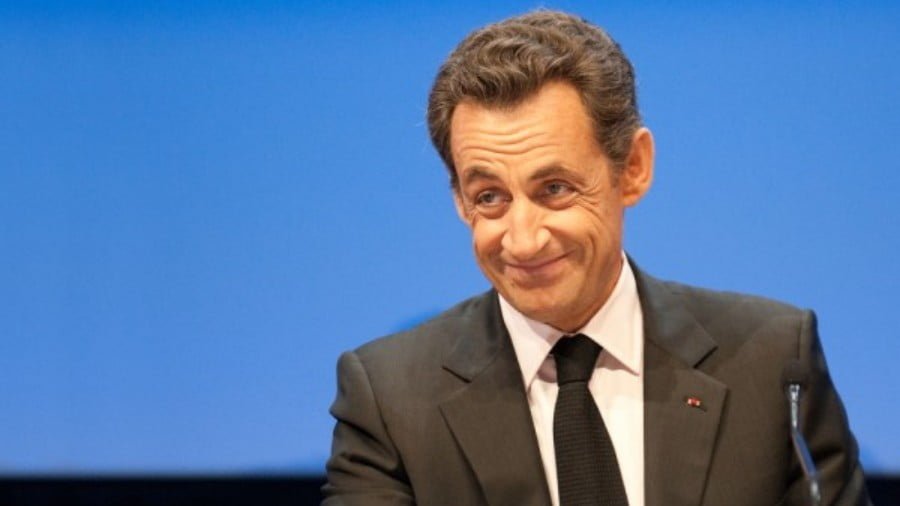Milley’s Latest Remarks on Great Powers & Technology Are Worth Paying Attention To
It certainly seems like America is preparing for World War III and hopes to gain an edge over its Great Power peers through advanced technology, but any reciprocal technological developments by them could even the odds and possibly avert another global conflict.
Chairman of the Joint Chiefs of Staff Mark Milley gave a keynote speech during this year’s West Point graduation ceremony, during which time he shared some important insight on Great Powers and technology that’s worth paying attention to. He warned that “the U.S. military’s rules-based international order” that the Pentagon built after World War II is under dual threat from Russia and China, both of whom he described as revisionist powers. Moscow’s ongoing special military operation in Ukraine and China’s rise as a Great Power as a result of “the largest global economic shift in 500 years” mean that the “potential [for Great Power conflict] is increasing, not decreasing.”
Robotics, synthetic fuels, 3D manufacturing, medicine, and human engineering and enhancement are key technological trends, but “the mother of all technologies” is AI, Milley claimed. In his words, “These rapidly converging developments in time and space are resulting in that profound change — the most profound change ever in human history. And whatever overmatch we, the United States, enjoy militarily … the United States is challenged in every domain of warfare: space, cyber, maritime, air and land.” It’s worth mentioning here that President Putin predicted in September 2017 that “whoever leads in [AI] will become the ruler of the world”, so Milley’s description of its importance is credible.
This top American military leader also warned that urban combat will likely occur more frequently than rural combat in future conflicts, “[which] has huge implications for intelligence collection, vehicles, weapons design, development, logistics, camo and all of the other aspects of our progression.” He also touched on other trends near the end of his speech, adding that “Globally, there’s an increase in nationalism and authoritarian governments, regional arms races and unresolved territorial claims, ethnic and sectarian disputes and an attempt by some countries to return to an 18th-century concept of balance of power politics with spheres of influence.”
Everything that he said is worth paying attention to because it reflects how the strongest military in the history of human existence views the global systemic transition to multipolarity and its associated military trends. Openly preparing for Great Power conflict suggests that the US’ recent recalibration of its Eurasian containment strategy against Russia and China might indeed be a preparation for the seemingly inevitable conventional phase of what many are already calling the ongoing Third World War that’s thus far only being waged through hybrid (economic, financial, information, proxy, etc.) means. That would obviously bode very negatively for the future of humanity.
It’s also concerning that he predicts that there’ll be much more urban combat in the future than today. As evidenced by how destructive Kiev’s militarization of residential areas in the newly liberated regions of the former Ukraine has been, this suggests that more cities across the world might experience similarly intense urban battles unless the party on the offensive decides to just bomb them into oblivion because they don’t care enough about human rights like Russia does to risk their troops’ lives in street-to-street combat. Technological developments might help reduce casualties, whether of combatants and/or civilians, but they can also make them much worse too. It just all depends on how they’re used.
The AI factor is the black swan because it remains unclear how it’ll manifest itself in giving militaries an edge over their rivals. It might be that battlefield sensors (including from space) integrate with unmanned weapons to autonomously make life-and-death decisions without human input at a speed much faster than any person can conceivably process the incoming data. On a grander scale, full-spectrum awareness can enable a “master AI” to formulate not just their military’s entire strategy in general, but also make policy recommendations in other spheres (e.g. economic, informational) for ultimately bolstering the effectiveness of the armed forces in any realistic scenario.
Altogether, Milley’s remarks were pretty insightful because they enable one to catch a glimpse of how the US understands the future of warfare. As the uncontested military hegemon whose aggressive unipolar impulses are only kept in check by the “mutually assured destruction” (MAD) guaranteed by Russia and China’s nuclear second-strike capabilities, its outlook on everything is crucial to consider and include in scenario forecasting. It certainly seems like America is preparing for World War III and hopes to gain an edge over its Great Power peers through advanced technology, but any reciprocal technological developments by them could even the odds and possibly avert another global conflict.







